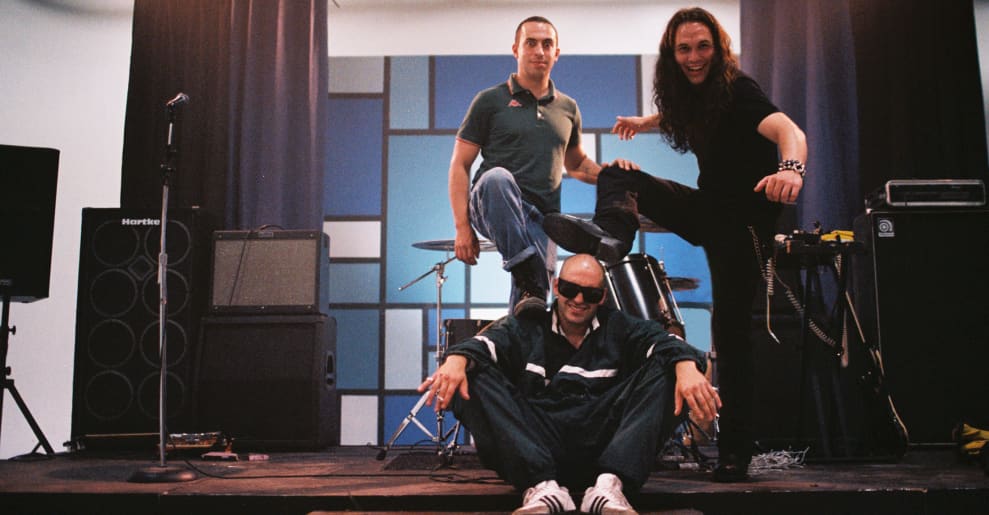#NYC must be more accountable on the homeless and mentally ill

Table of Contents
“NYC must be more accountable on the homeless and mentally ill”
New York’s comeback from COVID-19 remains hampered by the twin crises of homelessness and mental illness. Many metrics are objectively bad. Adding to the problem, attitudes about normalcy appear to have changed.
Street and subway conditions that circa 2019 people took in stride as part of big-city life are less acceptable to workers who have learned that they have choices. Higher standards mean that Mayor Eric Adams’ job may be even harder than his predecessors’.
Not everyone’s going to flee to Florida in reaction to news about a subway pushing or encounter with a disheveled panhandler. But still-diminished subway-ridership numbers are an ongoing measure of what people consider tolerable when it comes to public disorder.
Some critics say Adams’ approach to mental-illness-related disorder is overly light on specifics and heavy on talk. Sometimes, though, talk matters — especially when it comes from popular politicians with a rising national profile.
Talk is the only tool city officials can use to change state and federal policies. One such change, potentially vital to New York’s future, has to do with Medicaid financing.
Medicaid is the largest funder of mental-health services in America. But its ability to pay for hospital-based psychiatric care is tightly regulated by the Institutions for Mental Disease exclusion. Adams’ Subway Safety Plan rightly called for a repeal of the IMD exclusion.

If city government is still seriously committed to the de Blasio-era “Close Rikers” campaign, it must reduce the jail census by around 2,000 from its current level of 5,400-5,500. There are about 900 individuals with serious mental illness in city jails. The size of that cohort will need to be substantially reduced for the city to meet the Close Rikers benchmarks.
Where are people charged with serious crimes (which is practically the only way you land in city jails these days) with serious mental illnesses going to go instead of jail? Stabilizing such cases will require a more robust network of inpatient psychiatric beds than New York has.
More Medicaid funding for psych beds is controversial among progressives, who fear re-institutionalization, and conservatives, who view Medicaid as already too budget-busting.
Thus the value of rhetoric from a politician like Adams. Within his own party, he’s more in tune with the crime-sensitive mood of voters. GOP lawmakers will be more interested in mental-reform ideas anchored in public-safety concerns than in simply a desire to wring more money out of federal taxpayers.
Not that New Yorkers should wait on the federal government to bail them out from all their mental-health woes.

Locally, much could be done to address New York’s lack of accountability in mental-health services. The local system’s vastly better staffed and funded than mental-health systems in most other US jurisdictions. But it’s very hard to tell who’s responsible for what.
Subway pushings happen when someone “falls through the cracks.” But which organization, or network of organizations, was supposed to be providing the necessary supervision? No one ever seems to have any clue.
CompStat is the famous management program the NYPD runs to hold precinct commanders accountable for crime trends under their watch. A CompStat approach to mental health would focus on two aspects of the problem.

First, we should clarify which service providers bear responsibility for serious mental illness, as opposed to the wide range of milder mental disorders less likely to lead to a violent tragedy. Second, what should we expect of mental-service providers, as distinct from other programs throughout the vast local welfare state?
Mental illness is harder to grapple with in cities with high housing costs and spiraling addiction and crime problems. Still, New York gives out service contracts because it expects the recipient program to do a certain job. In the CompStat regime, while it’s understood that some precincts are far more troubled socioeconomically than others, commanders can’t simply assert that no one should expect crime to get any better until there’s no more homelessness in the precincts they oversee.
CompStat infuses public-safety policy with a spirit of accountability that’s sorely lacking through much of the social services — mental health in particular.
On mental illness, there’s plenty of blame to go around: federal, state and local. By all means, pursue more federal support where appropriate. At the same time, city officials should push for answers on why New Yorkers aren’t getting more out of the system they’re already funding and generously at that.
Stephen Eide is a senior fellow at the Manhattan Institute and author of the forthcoming book “Homelessness in America.”
If you liked the article, do not forget to share it with your friends. Follow us on Google News too, click on the star and choose us from your favorites.
For forums sites go to Forum.BuradaBiliyorum.Com
If you want to read more News articles, you can visit our News category.




